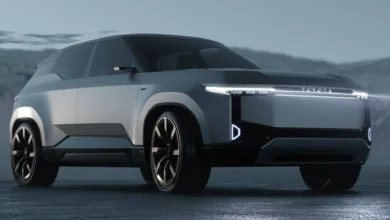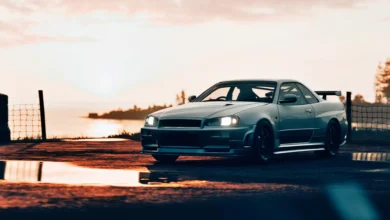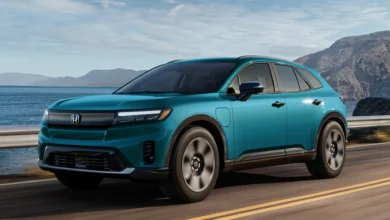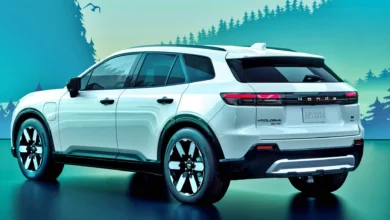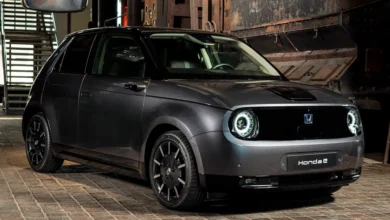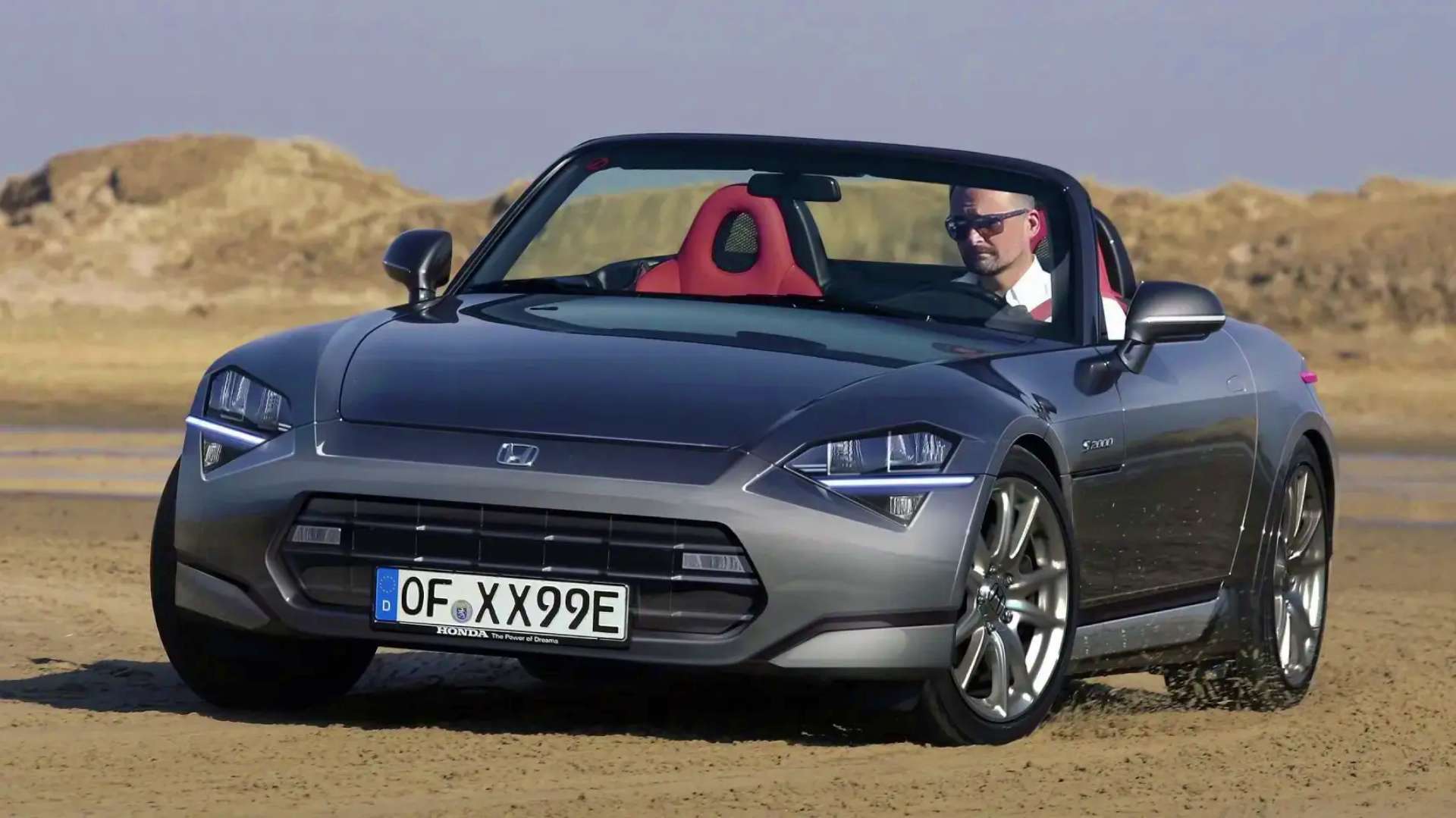
I doubt that there is someone in this environment of ours of car lovers who looks back – a little bit back – towards the Honda S2000 and who does not suffer a certain excitement in their tear ducts in doing so – or where each one feels the emotion. That Japanese roadster, so Japanese and so Honda, which remained for sale during the first decade of this century, should be on the wish list of any petrolhead.
Unquestionably endowed with a RACER spirit, one of the reasons why we all hold it in very high regard lies in the two-liter four-cylinder VTEC engine that powered this little sports car and that stretched up to 9,000 revolutions per minute. . Atmospheric, of course, was a feat of engineering unrepeatable in a production car in modern times, and it delivered 241 hp very close to that limit, at 8,300 rpm.
In the current context, no manufacturer would consider repeating such a “candy”. But what if the brand founded by Soichiro Honda decided to give us a battery-powered Honda S2000? Larson Design, through his Instagram profile, has already asked himself this question and has offered us an adaptation of his design.
The German designer respects the original lines of the Honda S2000, to whose smooth lateral surfaces he adds a fold to mark his waist and transfer his genuine forms to our days –which for my taste remain quite current–. At the front, the design also retains the bases of the model from the beginning of the century, and in this case, the updated proposal focuses on the headlights, which maintain a triangular shape and are cut horizontally with a light line, typical of any launch of today, and which finds inspiration in the Honda S800, the more or less direct predecessor of the S2000.
The Honda S2000 was a lightweight roadster, with a 2.0-liter four-cylinder engine producing 241 bhp at 8,300 rpm – the highest specific power non-supercharged engine at the time
Weighted benefits
All the respect that the Honda S2000 has received over the years responds to the fact that it represents what many of us are looking for: a car aimed solely at maximizing the sensations of its driver, at creating a perfect union between the vehicle and whoever gets to their controls. It achieved this, among other things, thanks to its gearbox with short and precise routes, to the arrangement of its central front-engine, with the cabin slightly behind, which allowed a distribution of weights adjusted to the gram, to the aforementioned naturally aspirated engine that invited to fill its digital lap counter until it reached its extreme right, or to a very direct direction that enhanced the agility of its configuration.
Those of us who admire the Honda S2000 consider the future of zero-emission mobility with some skepticism, if not indifference. Will there be room for concepts as purist as this type of roadster, light and relatively accessible, in a future dominated by heavy and very expensive battery systems and in which the “toe-heel” will be extinct forever?
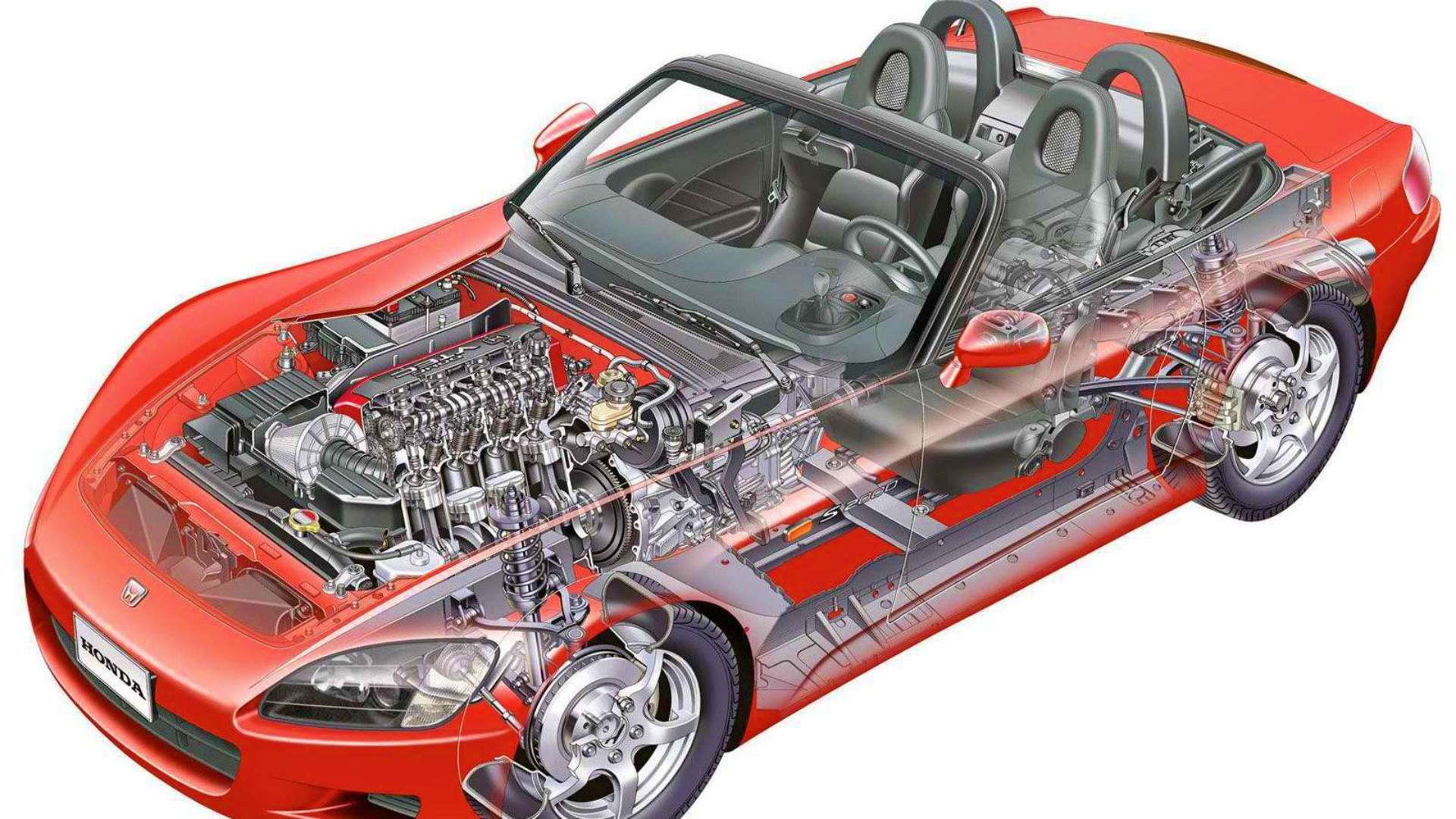
Mazda, one of the manufacturers that over the years has maintained its commitment to manageability and driving sensations at a reasonable price through its MX5, has already declared that the next generation of the sports car will not have an easy time doing without some kind of electrification. The emission regulations that will come in the next few years leave little room for manufacturers to be able to produce –and homologate– models only powered by combustion engines, and the Hiroshima brand’s roadster seems not going to be able to escape this trend. In any case, at the same time, they clarify that lightness will continue to be a primary objective for future generations of their Miata and that various options are being considered, such as light hybridization through 48-volt installations or the use of a rotary motor with exclusive functions as an electric power generator, and thus convert it into an extended-range electric vehicle.
The weight and price of battery systems still make it difficult to think of 100% electric cars that can transmit sensations close to those of light and agile roadsters such as the Honda S2000 or the Mazda MX-5, and at a relatively low cost.
Be that as it may, the idea of a purely electric roadster is somehow in the embryonic moment of battery-powered vehicles with real weight on the market. It was the year 2008 when Tesla presented the first generation of its Roadster –and at that time its first car–, equipped with an electric motor of 292 CV –215 kW– and that offered a range of more than 300 km, a figure capable of blushing to some electric vehicles on the market today. It was a few years before the Model S came along to cause an eyebrow raise from traditional brands; Several more would be missing for the Tesla Model 3 to break into the market and force certain manufacturers to definitively leave their sedate.
After the American, which weighed 1,300 kg – some 300 kg more than the Lotus Elise that served as its base – some brands have explored the possibilities of this concept. This is the case of the Polestar O2, for example, which has not yet gone from being just that, a concept, and the news we have had so far of the MG Cyberster Concept does not make us think of an early step to a series production.
Yes, it is more real, although it departs from the concept represented by the Honda S2000 and its like, the appearance of the second generation of the Tesla Roadster, even though its launch – it was presented in 2017 – has already suffered some postponements. This will already be a development of the American manufacturer and for it, scandalous performance is announced, with acceleration from 0 to 100 km/h in less than two seconds and 10,000 Nm of torque, in the absence of detailing the configuration of its propulsion system. We do know that its battery will have a capacity of 200 kWh, which is almost four times the 53 kWh of the battery offered in the first generation, which tells us about the advancement of battery systems in the last decade.
Perhaps Honda will consider the production of a battery-powered roadster in the future, although it remains to be seen whether it will be as a reissue of the Honda S2000 –something that in my humble opinion would seem unwise– or as a new link in the tradition of the Japanese brand of light sports cars of which the S2000 was just one more. To me, as a suggestion in case Honda accepted it – and joke, if you allow me – it occurs to me that, if it happens, its name could be Honda S2035, at least in its European version.

